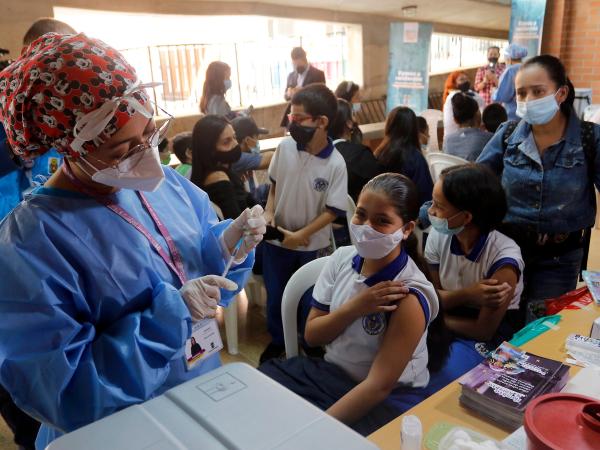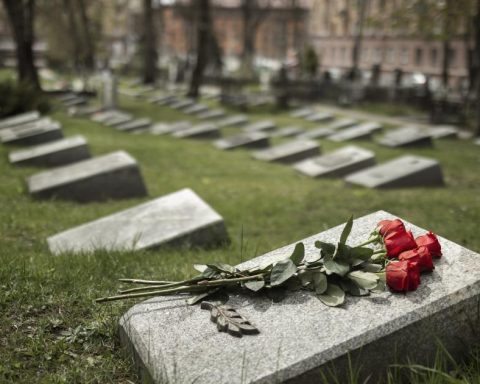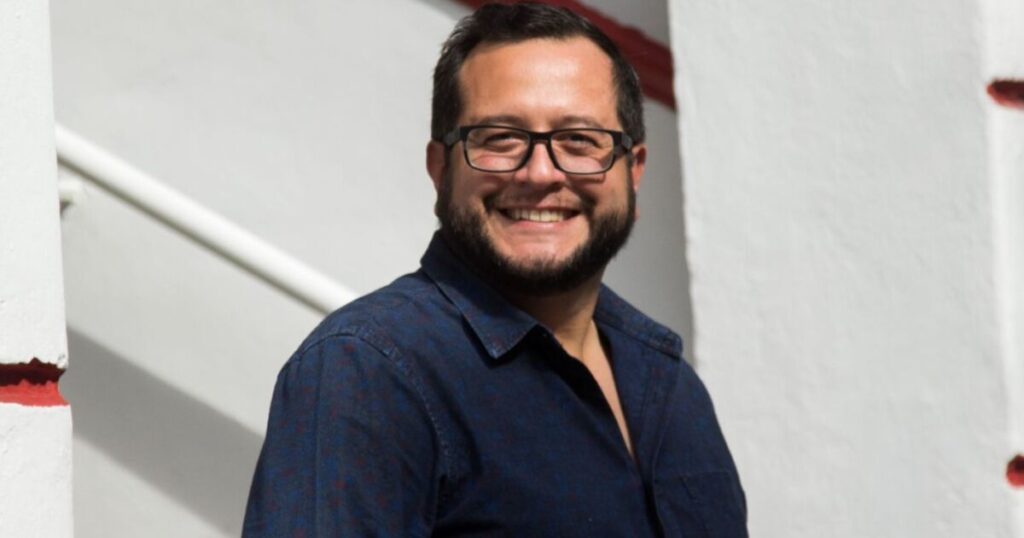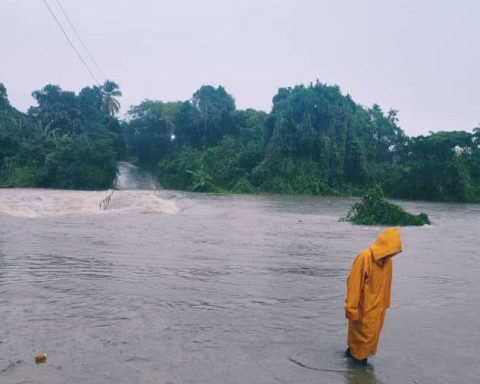One year after the start of the plan for vaccination, Colombia It has managed to apply, as of February 10, 34,857,073 complete immunization schemes, which corresponds to 63.67% of the country’s population.
As of February 10, the Ministry of Health and Protection has applied 74,290,915 doses. Which means that 80.3% of its inhabitants have already received at least one dose of the vaccine. An average of between 224,254 and 264,498 vaccines are being administered daily.
(See: What is known about the omicron subvariant: it would be more contagious).
By opening the reinforcements for adults, at the end of 4 months since the last application, the National Government has achieved that more than 20.6% of the population, object of this phase, has the third dose, according to the director of the Administrative Department of the Presidency of the Republic (Dapre), Victor Munoz.
According to the latest vaccination report from the Ministry of Health, 6,846,944 booster doses have been applied. “Mostly population over 50 years of age, as has been the objective of the plan, to protect people at higher risk.or,” Munoz said.
The official stressed that 80% of the population over 30 years of age already have complete schemes.
COVERAGE BY CITIES
Now, regarding coverage throughout the country, the Expanded Immunization Program, PAIWEB, in which the Ministry of Health collects the report from health providers and which has a record lag compared to daily statistics, the city The capital with the most population with complete schemes is Popayán. The records indicate that 56.12% of the inhabitants of the municipality already meet the primary requirement of the two doses.
As for the populations with less vaccination coverage, which are children between 3 to 11 years old, adolescents from 11 to 17 years old and adults under 29 years old, the capital of Cauca leads in figures. According to PAIWEB, in this city, 13.09% of infants between 3 and 11 years old have already received at least one dose. In the adolescent population, 45.85% have accessed the immunization plan.
(See: Does coronadengue exist?: this says the National Institute of Health).
For young adults, Popayán has achieved that more than half the biological is administered, specifically 53.33%.
Other cities with admirable vaccination processes are: Pasto, with 55.32% of the population with complete schemes; Bucaramanga (54.56%), and Bogotá (52.79%).
The performance of Leticia in coverage of the population aged 18 to 29, it is outstanding. The capital of the Amazon registers that 80.15% of young adults have already applied at least one dose of the vaccine.
LEAK POINTS
Although, the vaccination plan has fulfilled in immunizing more than 63% of its population. There are tourist capitals like Cartagena that are lagging behind in this process. According to PAIWEB, the heroica has 31.18% coverage in its population, with young people being the least vaccinated. Only 22.8% of adults between 18 and 29 years old have come to start their vaccination.
The situation in Mitú, a municipality in which only 19.98% have both doses of the biological, is worrying. In addition to Sincelejo, with scheme compliance of only 27.70%.
(See: These are the countries where it is mandatory to be vaccinated).
Another of the capitals with less progress in the immunization of its inhabitants is Riohacha. In this city, the administration of two dose reaches only 24.71% of the population.
This gives rise, to mention that Manaure, a municipality that also belongs to La Guajira, is the most delayed in vaccination in the country, as demonstrated by the Expanded Program on Immunizations, which revealed that only 1.39% of its population has accessed at least one dose.
In this territory, the level of immunity of those over 80 years of age is only 7.39% and that of adults between 30 and 39 years of age does not exceed 2.12% of vaccinated people.
Coverage in the child population is one of the challenges of the National Government for this year. Above all, with the context of face-to-face without capacity.
Given this situation, the director of Dapre, Victor Muñoz, pointed out that: “The youngest is not that they do not want to be vaccinated, let us remember that only on October 31 the vaccination of children from 3 to 11 years old began and they are in process”.
On the other hand, the director of Promotion and Prevention of the Ministry of Health and Social Protection, Gerson Bermont, called for the vaccination points not to be closed, “if vaccination points are closed, the queues increase, you wait for them, then when the person arrives they say: I can’t spend two hours at this vaccination point; this is creating an access barrier for us”.
Cities with admirable vaccination processes are: Pasto, with 55.32% of the population with complete schemes; Bucaramanga (54.56%), and Bogotá (52.79%).
THOSE WHO ARE NOT INTERESTED IN BEING VACCINATED
The universe of anti-vaccines does not exceed 4.5% of the Colombian population, according to the latest Social Pulse Survey of the National Administrative Department of Statistics, Dane, whiche had 10,710 people as a sample, from 23 cities in Colombia.
(See: Extended endemic: what it is and how it differs from a pandemic).
Of this 4.5% of people not interested in applying the biological, the most reluctant scenario is in Quibdó, in which 88.1% of those surveyed indicated that if the vaccines were available they would not apply them. Only 11.9% would accept.
VACCINATION AS AN ENGINE OF ECONOMIC RECOVERY
The progress in the vaccination process was a key determinant of the economic recovery in 2021, as Corficolombiana pointed out. For this financial corporation, the vaccination plans became tools to overcome the adverse effects of the pandemic on the economy. In the case of Colombia, the contribution of vaccination to quarterly growth would be 1.8 pp in the third quarter of 2021 and 1.3 pp in the fourth quarter of this year.
In this sense, the director of the Administrative Department of the Presidency of the Republic (Dapre), Víctor Muñoz, affirmed that the plan has made it possible to protect the population and has guaranteed a safe economic recovery.
JULIANA PEÑA
Journalist Portfolio
[email protected]














